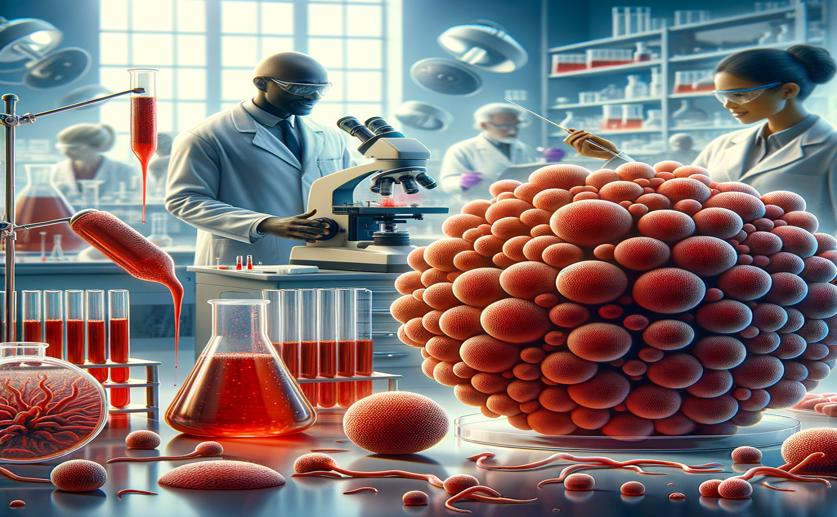
Engineering Yeast for Better Production of Natural Red Pigment
Greg Howard
12th June, 2024

Image Source: Natural Science News, 2024
Key Findings
- Researchers at Tianjin University developed a method to produce betanin, a natural red-violet pigment, using engineered yeast cells
- By enhancing enzyme activity and optimizing metabolic pathways, they achieved a seven-fold increase in betanin production
- The engineered yeast strain BEW10 produced the highest reported titer of betanin in a shake flask setting, demonstrating a sustainable and efficient production method
References
Main Study
1) Enzyme and Pathway Engineering for Improved Betanin Production in Saccharomyces cerevisiae.
Published 11th June, 2024
https://doi.org/10.1021/acssynbio.4c00195
Related Studies
2) Multi-colored shades of betalains: recent advances in betacyanin chemistry.
3) Natural Colorants: Food Colorants from Natural Sources.
4) Food additives and hyperactive behaviour in 3-year-old and 8/9-year-old children in the community: a randomised, double-blinded, placebo-controlled trial.
Journal: Lancet (London, England), Issue: Vol 370, Issue 9598, Nov 2007



 3rd June, 2024 | Jim Crocker
3rd June, 2024 | Jim Crocker